Symmetry
Symmetry is a concept in mathematics that refers to a balanced and proportional similarity found in two halves of an object, shape, or image. When an object can be divided into two equal parts that are mirror images of each other, it is said to have symmetry.
Types of Symmetry
There are three main types of symmetry:
- Reflection Symmetry (Line Symmetry): This occurs when one half of an image is the mirror reflection of the other half. When an object has reflection symmetry, it can be divided into two congruent halves by a line.
- Rotational Symmetry: This occurs when an object can be rotated about a point and still appear the same. The number of times an object looks exactly the same after being rotated through a full circle is called its order of rotational symmetry.
- Point Symmetry: This occurs when an object is symmetrical about a point. If the object is rotated 180 degrees about the point, it will look the same.
Examples of Symmetry
Examples of symmetry can be found in various everyday objects, such as squares, rectangles, circles, and triangles. Additionally, the human body, animals, and many natural forms exhibit different types of symmetrical properties.
Study Guide
To understand symmetry better, you can follow these study tips:
- Practice drawing and identifying symmetrical shapes and objects.
- Experiment with creating your own symmetrical designs using paper folding or drawing tools.
- Look for examples of symmetry in nature, architecture, and artwork.
- Explore the concept of rotational symmetry by examining how different shapes can be rotated to exhibit symmetry.
- Challenge yourself with symmetry puzzles and activities to strengthen your understanding of this concept.
◂Math Worksheets and Study Guides Fifth Grade. Polygon Characteristics
Study Guide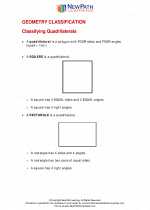 Polygon Characteristics
Polygon Characteristics  Worksheet/Answer key
Worksheet/Answer key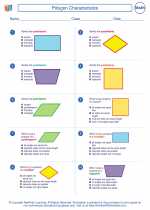 Polygon Characteristics
Polygon Characteristics  Worksheet/Answer key
Worksheet/Answer key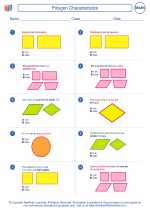 Polygon Characteristics
Polygon Characteristics  Worksheet/Answer key
Worksheet/Answer key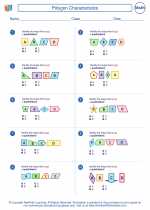 Polygon Characteristics
Polygon Characteristics  Worksheet/Answer key
Worksheet/Answer key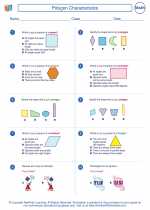 Polygon Characteristics
Polygon Characteristics  Worksheet/Answer key
Worksheet/Answer key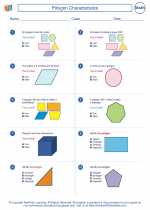 Polygon Characteristics
Polygon Characteristics  Worksheet/Answer key
Worksheet/Answer key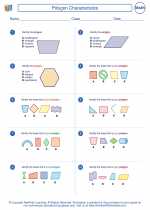 Polygon Characteristics
Polygon Characteristics  Worksheet/Answer key
Worksheet/Answer key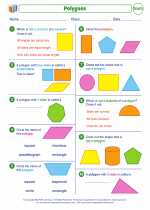 Polygons
Polygons  Worksheet/Answer key
Worksheet/Answer key Shape Up
Shape Up  Vocabulary/Answer key
Vocabulary/Answer key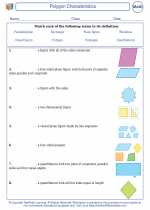 Polygon Characteristics
Polygon Characteristics 

 Worksheet/Answer key
Worksheet/Answer key
 Worksheet/Answer key
Worksheet/Answer key
 Worksheet/Answer key
Worksheet/Answer key
 Worksheet/Answer key
Worksheet/Answer key
 Worksheet/Answer key
Worksheet/Answer key
 Worksheet/Answer key
Worksheet/Answer key
 Worksheet/Answer key
Worksheet/Answer key
 Worksheet/Answer key
Worksheet/Answer key
 Vocabulary/Answer key
Vocabulary/Answer key

The resources above cover the following skills:
Geometry (NCTM)
Analyze characteristics and properties of two- and three-dimensional geometric shapes and develop mathematical arguments about geometric relationships.
Identify, compare, and analyze attributes of two- and three-dimensional shapes and develop vocabulary to describe the attributes.
Classify two- and three-dimensional shapes according to their properties and develop definitions of classes of shapes such as triangles and pyramids.